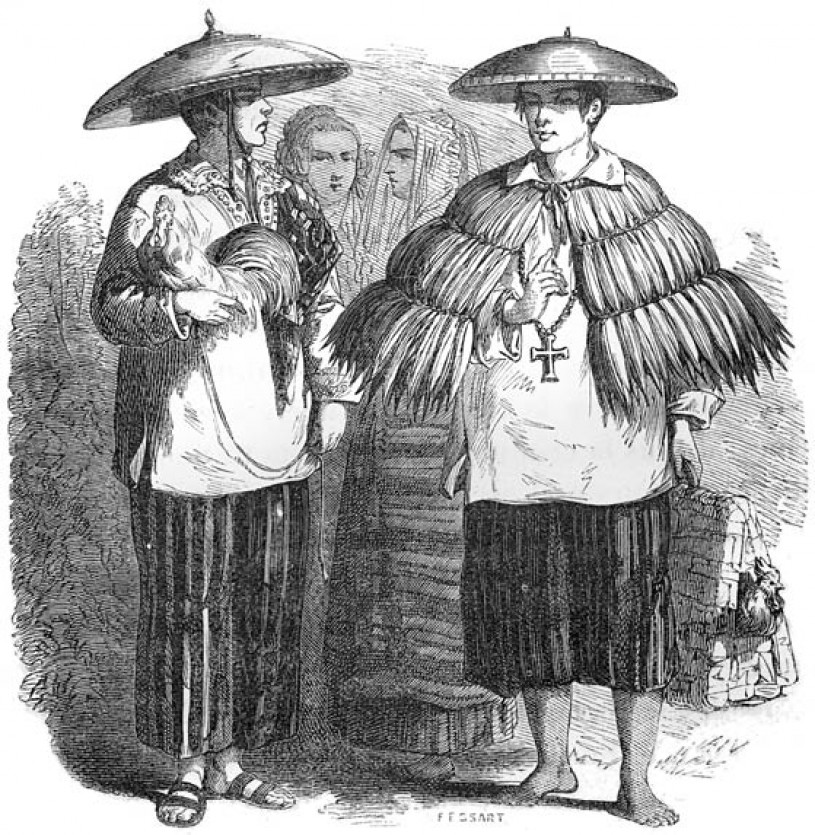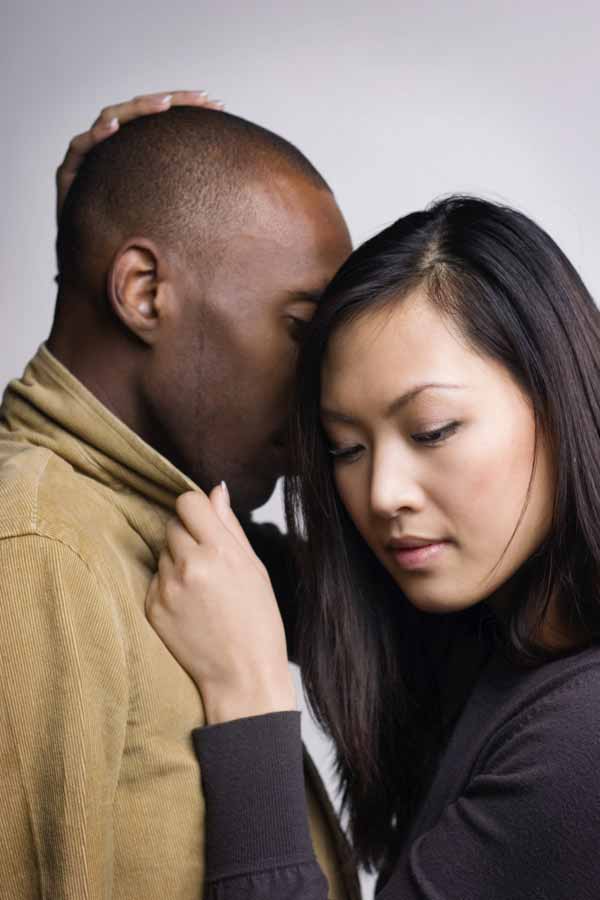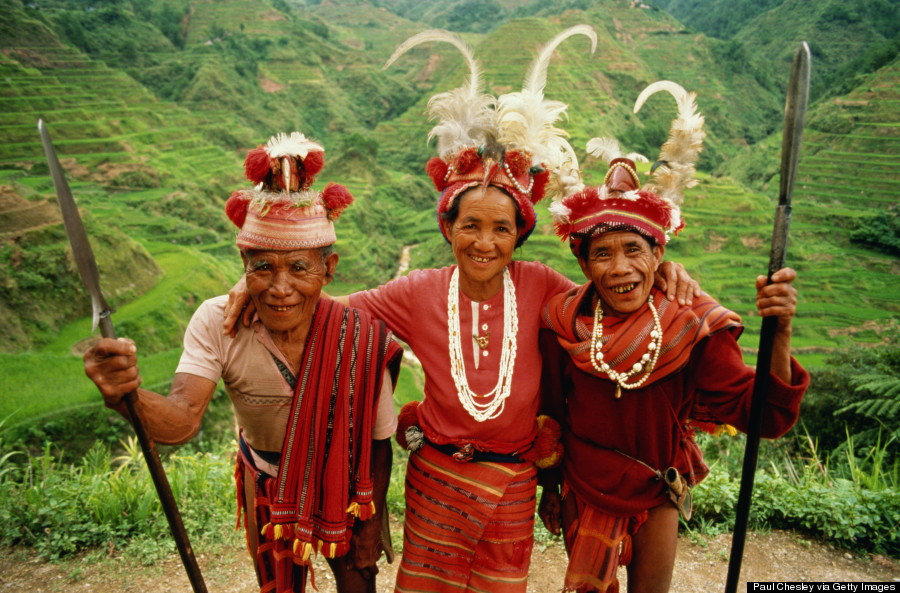
The Filipino Salakot Natural History Museum
Solidarity across racial lines. There's also many instances of Black-Filipino solidarity — and vice versa — including when Black soldiers fought alongside Filipinos during the Philippine-American War, which took place from 1899 to 1902, and chronicled Filipinos' fight for independence from the United States following the end of the Spanish-American War.

Why this black man moved to the philipinnes Filipino women, Black
Negrito,, is used to mean "little black person." This usage was coined by 16th-century Spanish operating in the Philippines, and was borrowed by other European travellers and colonialists across Austronesia to label various peoples perceived as sharing relatively small physical stature and dark skin. [1]

5 Ethnic Groups That Prove the First Humans Were Black
One common anti-Black microaggression among Filipinos is the normalized regard of light-skinned people as more attractive than darker skinned people. This is especially reflected in who.

black and filipino on Tumblr
The Aeta or Agta people are the indigenous black-skinned people who inhabit the remote and mountainous regions of Luzon, Philippines. The Aeta are under the bracket of Austronesians, groups.

Mixed Up 'Being half Filipino makes me a more palatable black woman
In spite of their small numbers today the original inhabitants of the Philippines are the Diminutive Africoids, who still live in scattered communities in the Phillipines and are commonly and.

Top Ten Tips to dating Philippine Women
Filipinos carry with them these attitudes in the diaspora, often perceiving Black people as dangerous, backward, and undesirable - echoing racialized hegemonic consciousness that favors.

The Black Filipino WHY I MOVED TO THE PHILIPPINES VLOG 1 YouTube
5 of 14 | . Devotees grab the rope as they pull the glass-covered cart carrying Black Nazarene during its annual procession which was resumed after a three-year suspension due to the coronavirus pandemic on Tuesday, Jan. 9, 2024 in Manila, Philippines.

Mixed Up 'Being half Filipino makes me a more palatable black woman
Both Filipino and black people were called the n-word slur. This prompted an internal conflict among the black soldiers—should they fight the war? Or could they possibly side with these strangers in a strange land, oceans away from the life they used to know? The 24th U.S. Infantry at drill, Camp Walker, Philippine Islands.

Mestiza/Mestizo is a term used for fair-skinned Filipinos with European-looking features. It's rooted in Spanish colonial Philippines as a label given to those born of mixed Spanish and Filipino or Indigenous descent. It was a form of racial segregation used to decide class and social mobility.

Real Black FILIPINOS / The Origin of Filipinos /The AETAS YouTube
He is an activist whose research focuses on how discrimination impacts the mental health of people of color and LGBTQ+ people. While taking care of his toddler, Nadal joined Truth Be Told engagement producer, Isabeth Mendoza, for a conversation on why Filipinxs and Filipino Americans are in a unique position to be co-conspirators in the fight.
/cdn.vox-cdn.com/uploads/chorus_image/image/66929334/IMG_4281.0.jpg)
How a Black Filipino Chef Is Feeding the Masses at Williamsburg
The Aeta, Agta, or Ayta people are what's known to be the original Black race who inhabited the remote and mountainous regions of Luzon, the Philippines before the Austronesian migrations of the Malays and Asian group.

Pin on Beaux Hommes
How much do YOU know about black history in the Philippines? There have been black people in the Philippines since at least the 16th century when the Philipp.

The Black Population of the World
The indigenous people of the Philippines, known as the "Aeta", are a group related to the Negrito (Spanish term for "little black person") ethnic group occupying parts of the Andaman Islands in India, Malaysia, and Thailand. They are characterized by their short statue, kinky hair, and dark skin.

The Indigenous Black Filipinos World Away From Home
Devotees pull the statue of the Black Nazarene during its annual procession which was resumed after a three-year suspension due to the coronavirus pandemic on Tuesday, Jan. 9, 2024 in Manila.

Pin on cultures
There, the 10 Datus met the paramount king of the original Black Ati people called Marikudo, who traded some of his coastal land with Datu Puti, the prime minister of Rajah (king) Makatunaw for a salakot (conical hat) made of pure gold, silk and other gifts; then honored the oath in a blood-oath ritual which we call "sandugo".

8 Reasons A Trip To The Philippines Should Be In Your Future HuffPost
As of 5 pm, Quiapo Church Command Post estimates nearly 31,000 people have participated in the Pahalik. While 2024, marks the return of the annual procession or the Traslacion, devotees still aren.